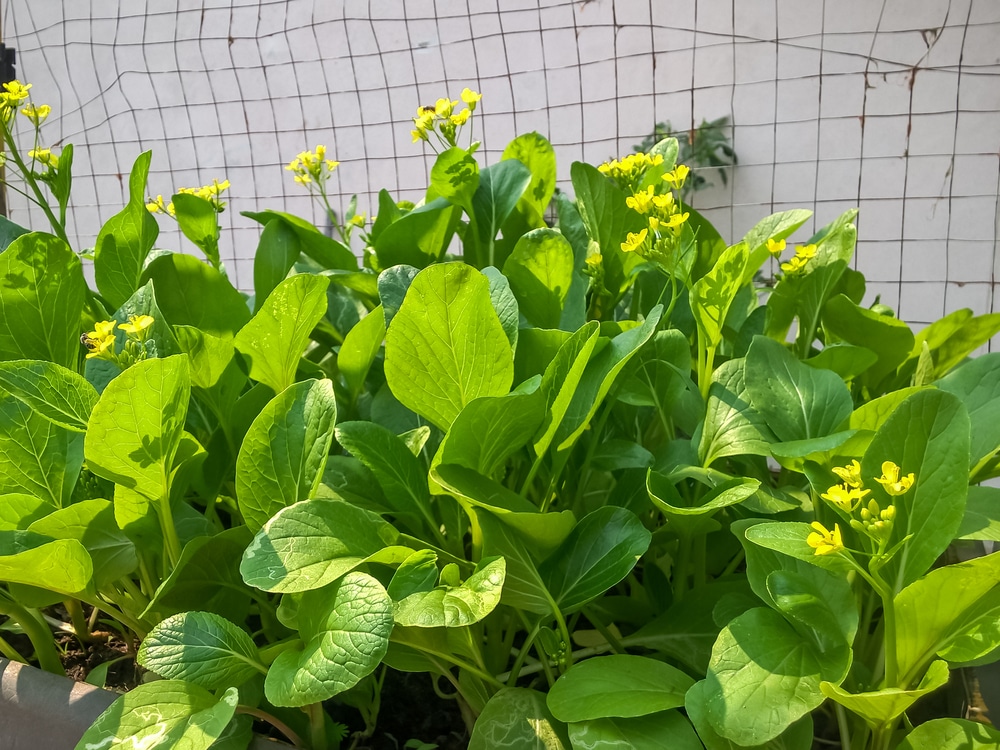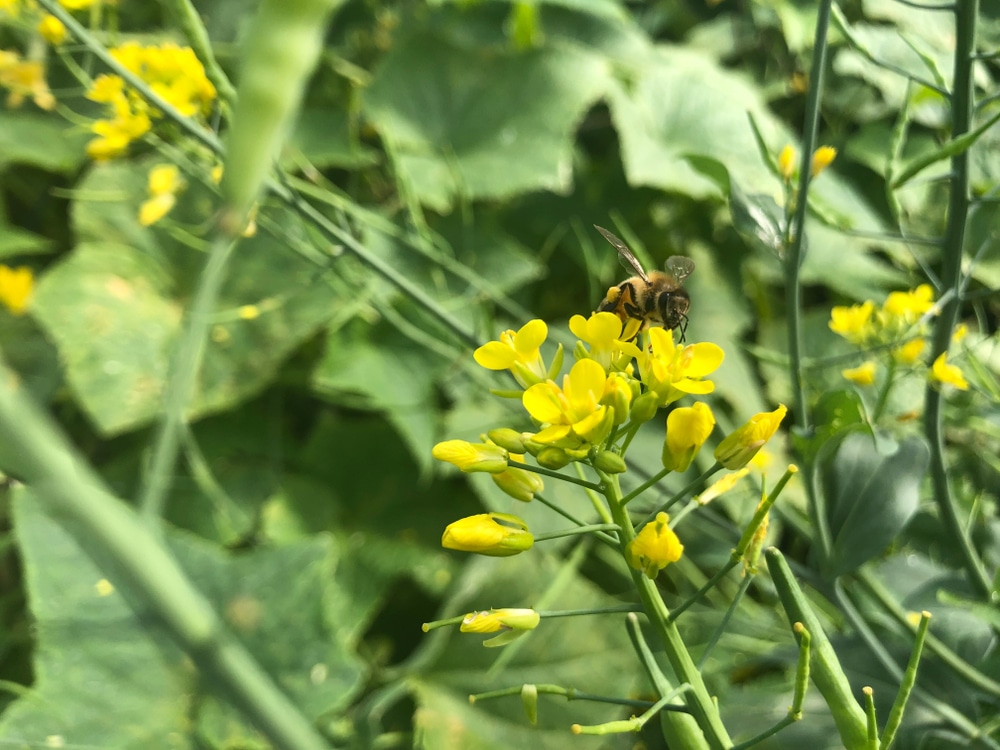Bok choy is a versatile vegetable that can be used in a variety of dishes, from salads and stir-fries to soups and stews. It’s a leafy green vegetable that’s commonly used in Asian cuisine. If you have planted bok choy successfully in past years, you’ll know just how easy it is to grow and maintain. However, if you are experiencing problems with your bok choy flowering, you may be wondering what is causing the issue and how to resolve it.
Bok Choy Flowering
Bok choy is a tasty vegetable that’s part of the Brassicaceae family and is fast-growing. It takes just six weeks to grow from planting your seeds until it’s ready for harvest. Like many vegetables, bok choy will produce flowers when the conditions aren’t suitable for the plant’s growth. This is called bolting and can be caused by various environmental conditions or if the plant’s care requirements aren’t being met.
Your plant will start to grow taller before bolting, producing a stem in the center from which small yellow flowers will grow. Plants naturally bolt just before the end of their life cycle to reseed and grow more plants.
However, bolting is also caused by stress which can be caused by the following:
Temperature extremes
Bok choy is a cool-season crop that grows well in cooler areas. Bok choy will often flower due to extremes in temperature. If they are planted in an area that gets a lot of heat, sunlight, and drought, this will cause flowering. It’s best to grow your crop in the early spring or fall rather than the summer months.
Sudden shifts in temperature can also cause bok choy to flower, as can being moved indoors for overwintering. If you’re growing bok choy in the spring and there’s a sudden shift in temperature, even for a few days, this is enough to cause the plant to flower.
Nutrient deficiencies
Nutrient deficiencies can also affect the growth of bok choy and encourage flowers to grow. To prevent your bok choy from flowering prematurely, you should try to provide your plants with regular feedings of rich compost and other nutrients.
Lack of water
When growing bok choy, you’ll need to ensure that your plant is watered regularly. Leaving the soil to dry out too much can cause the plant to produce flowers.
Can you eat bok choy after it’s flowered?
You can still eat bok choy after it flowers, but the flavor and texture may be slightly different. The plants tend to get bitter as they age, and bolting can affect the flavor. If you plan to eat your bok choy after it starts to flower, you’ll need to harvest it as soon as possible. Leaving the plant will cause it to turn more bitter and eventually become inedible.
To get the most out of your bok choy crop, it’s important to keep an eye on environmental conditions and ensure that you are providing your plants with regular feedings. This will help to prevent flowering and maintain optimal growth and health. With a little attention and care, you can continue to enjoy delicious bok choy throughout the growing season.
Conclusion
If you are experiencing problems with your bok choy, or kale flowering, there could be a number of causes. Factors such as temperature extremes, nutrient deficiencies, and lack of water can all lead to bolting in bok choy plants.
To prevent bok choy from bloting, it’s crucial to provide your plants with the proper care and environmental conditions. You can eat the plant after flowering as long as you harvest the leaves as soon as possible to prevent them from becoming bitter.

